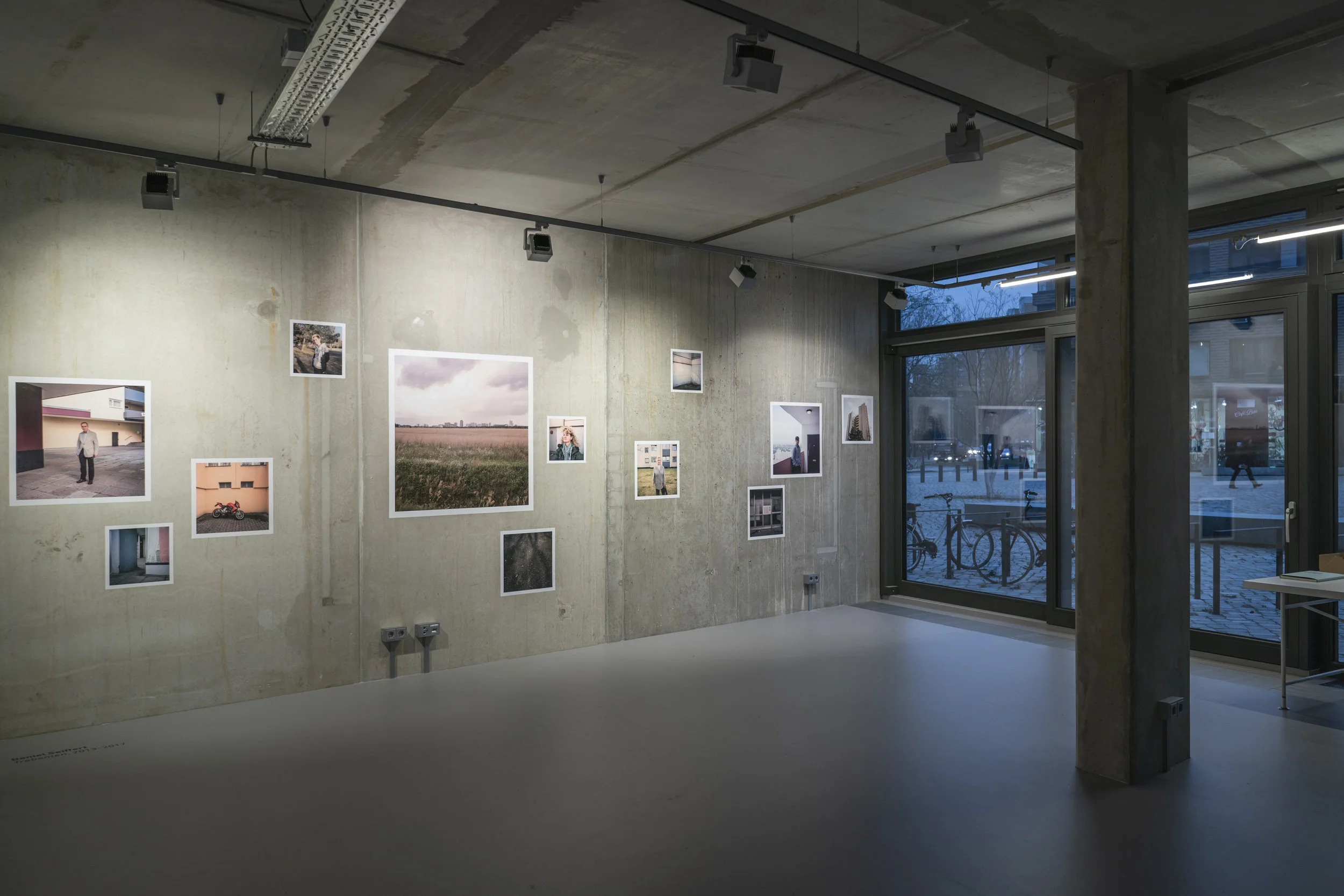Anne Wriedt who is an art historian, curatorial assistant at Braunschweig´s Museum for Photography and co-founder of Kunstverein gegenwart in Leipzig writes on curatingthecontemporary.org about my work TRABANTEN:“Daniel Seiffert takes a different look at the satellite city with his portraits of the residents in his work “Trabanten” (2013-2017). In 1962, Willy Brandt (Chancellor of the Federal Republic of Germany, 1964 – 1987) laid the foundation stone for the ambitious housing development project called “Gropiusstadt”— a satellite city for 50.000 people. Designed by the Bauhaus architect Walter Gropius, among others, it was initially celebrated as an icon of modernism before struggling with a bad image for decades. 90 percent of social housing was rented out and the site was regarded as a social hotspot. It became known beyond the borders of Berlin, which happened mainly because of the book and the movie “Christiane F. – Wir Kinder vom Bahnhof Zoo”. The movie portrays the drug scene in Berlin in the 1970s and centres around 14-year-old Christiane who lived in Gropiusstadt. Daniel Seiffert was born in East Berlin in 1980 and has his very own connection to Gropiusstadt. “I myself grew up on the other side of the Wall in the 1980s, not 100 metres as the crow flies from Gropiusstadt,” he says. In 1989, after the fall of the Wall, he went by bicycle to the high-rise housing estate he had dreamed of behind the Wall. But he was surprised. Instead of a drug juggernaut, he met a mixture of stuffy pensioners and a high proportion of migrants living peacefully together. Almost one third of the residents is over 65. The myth of the place the series tries to record plays a decisive role.”
